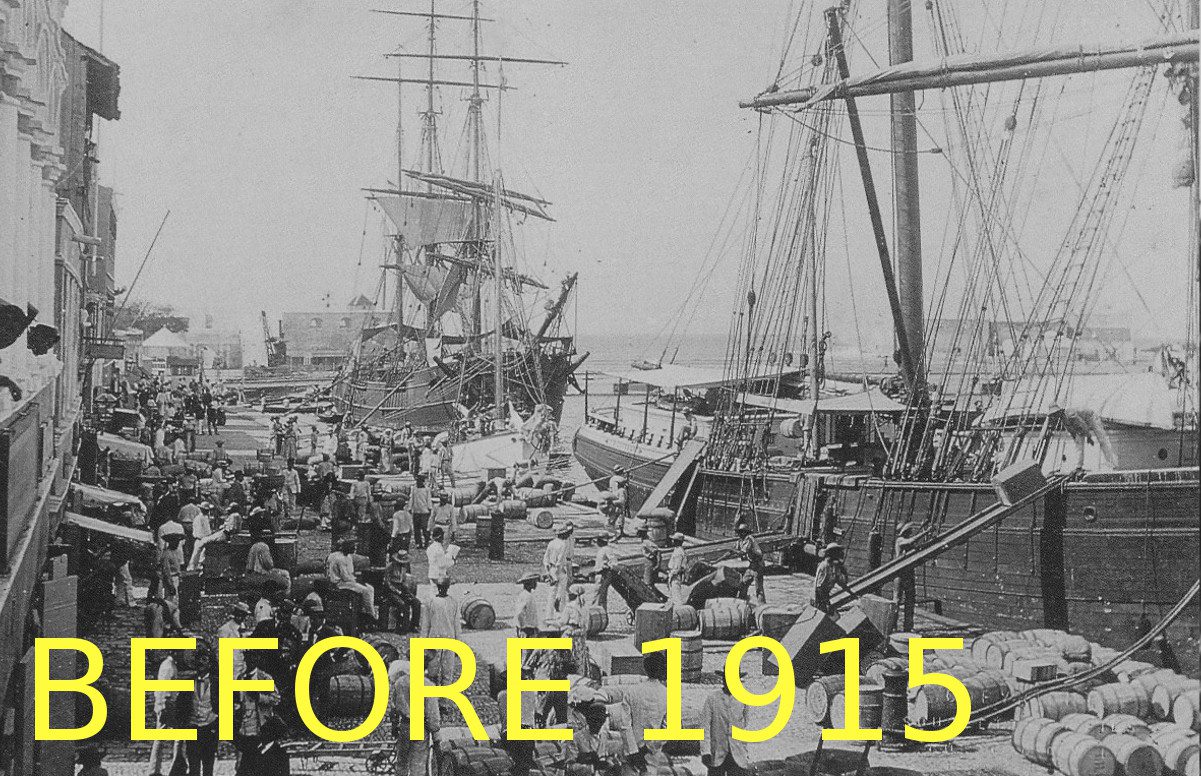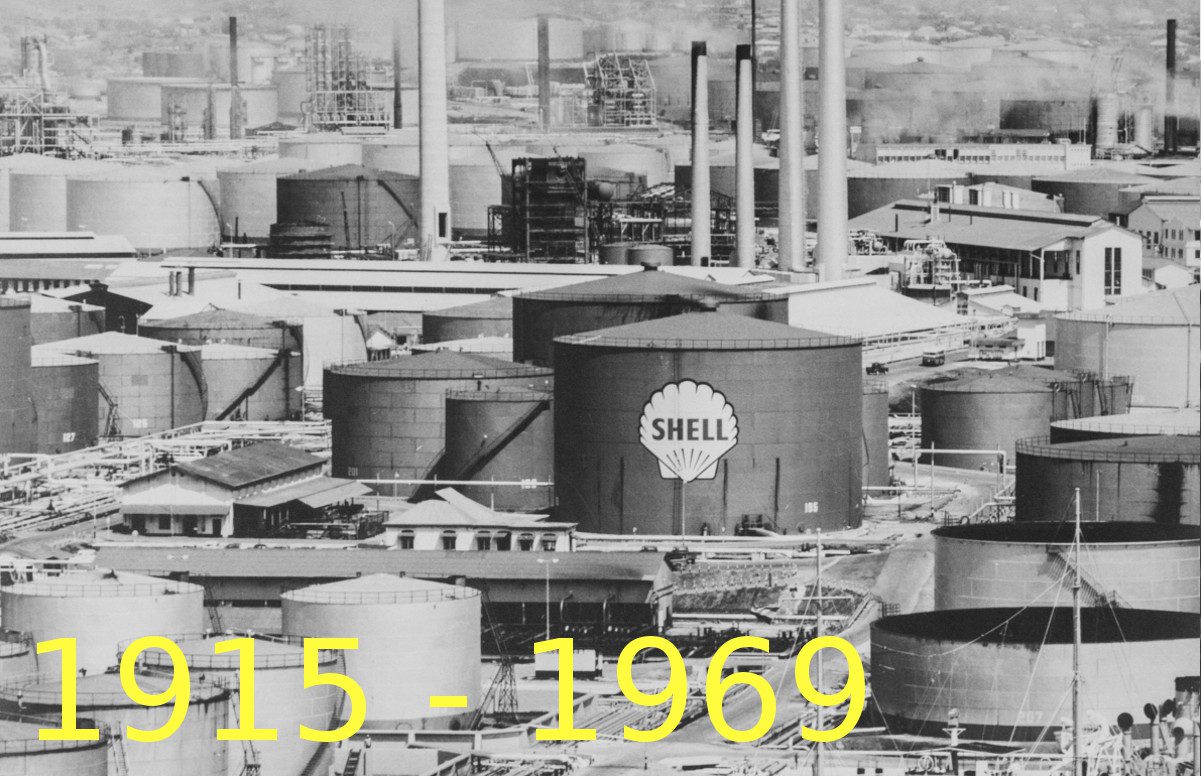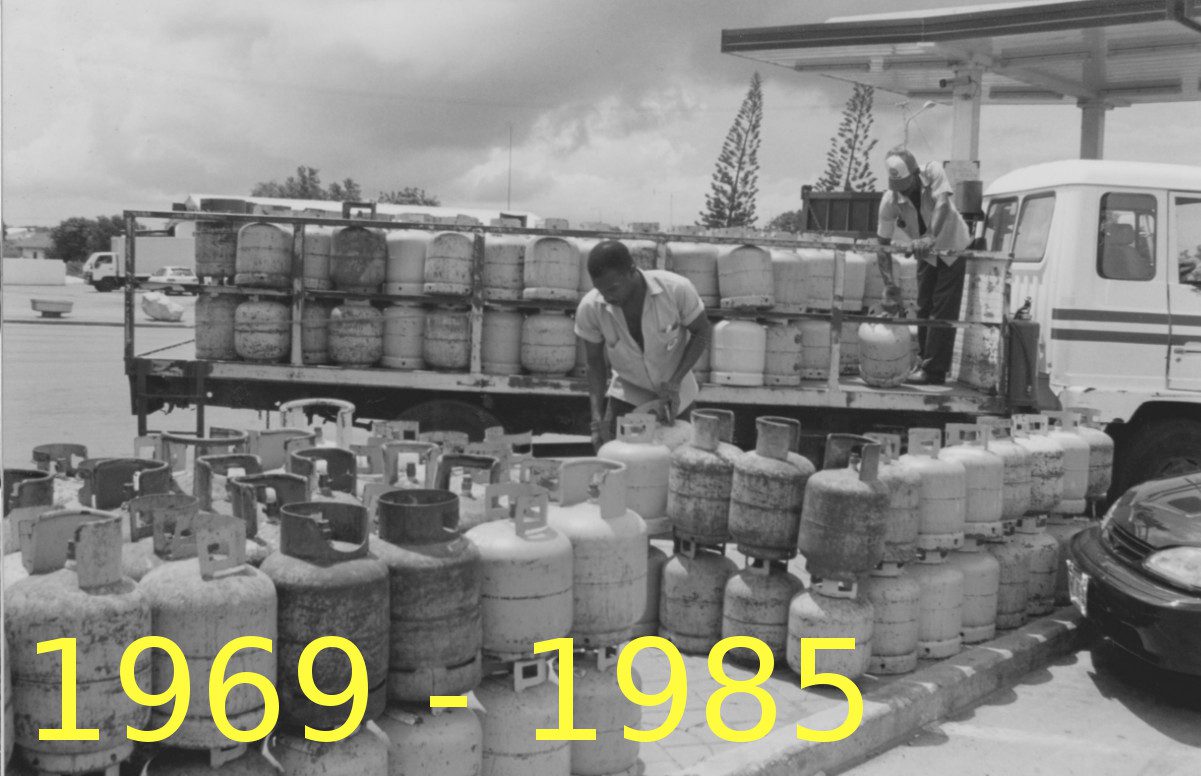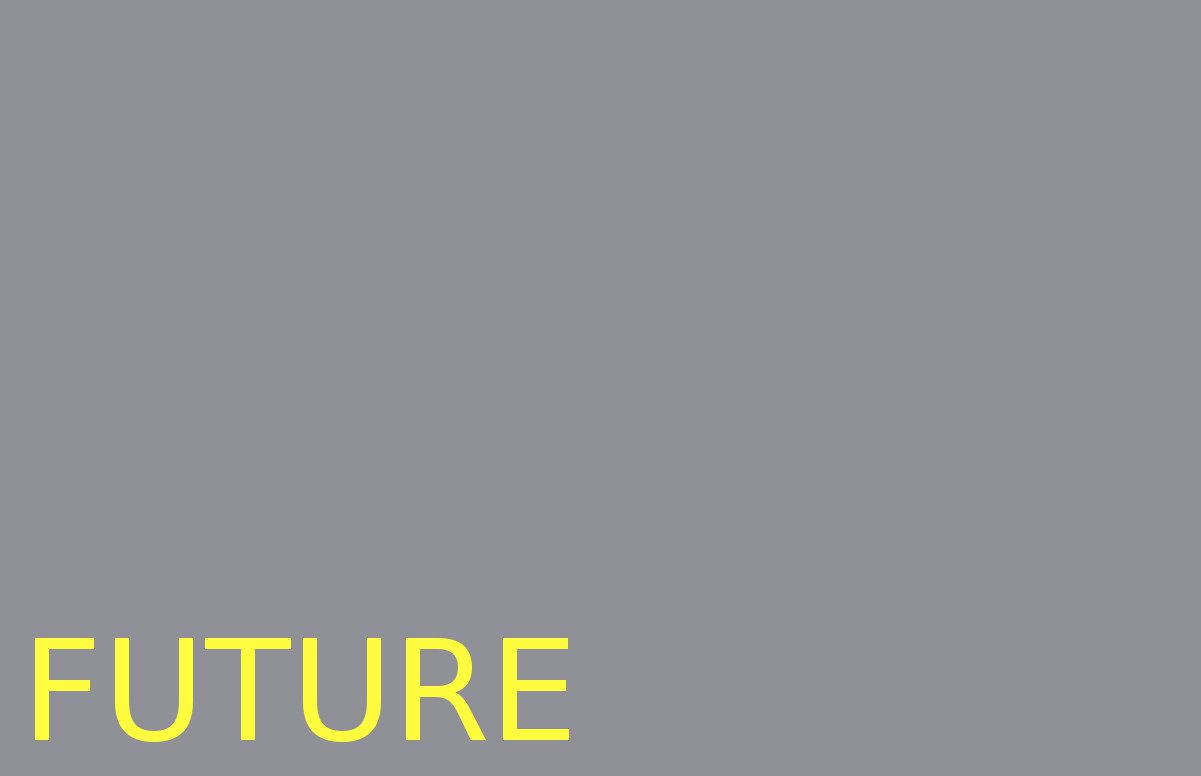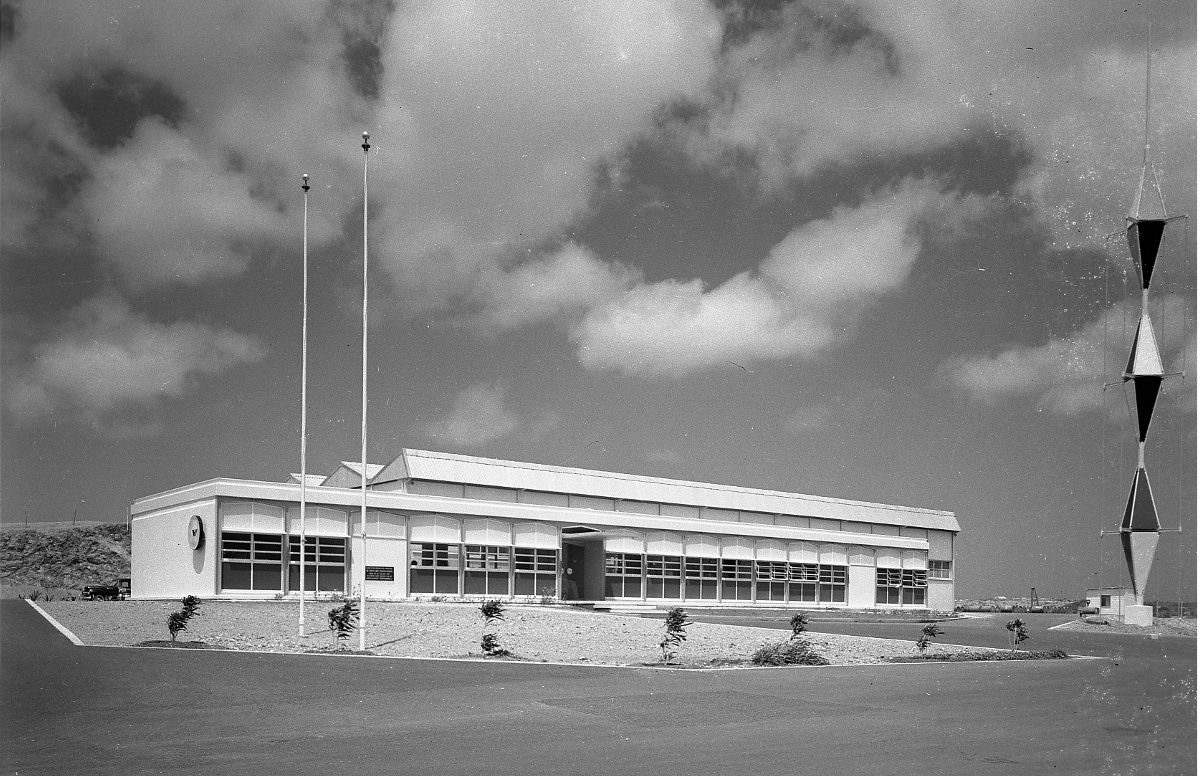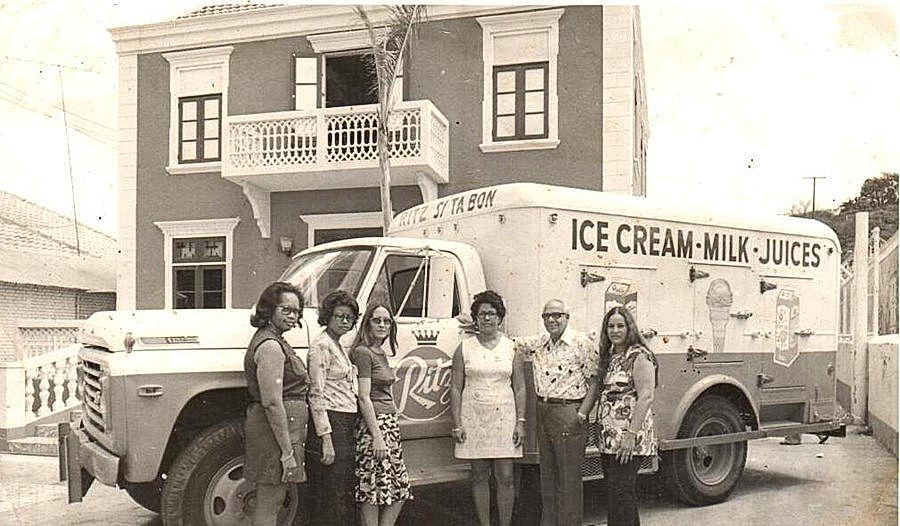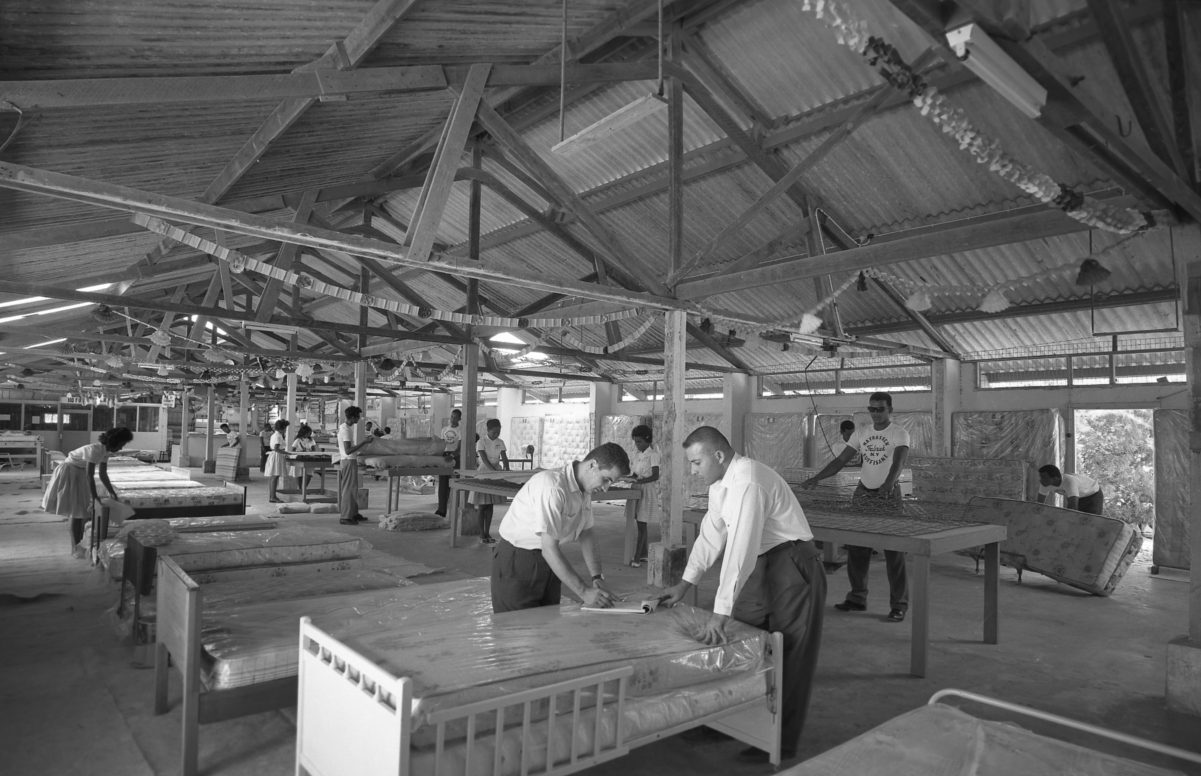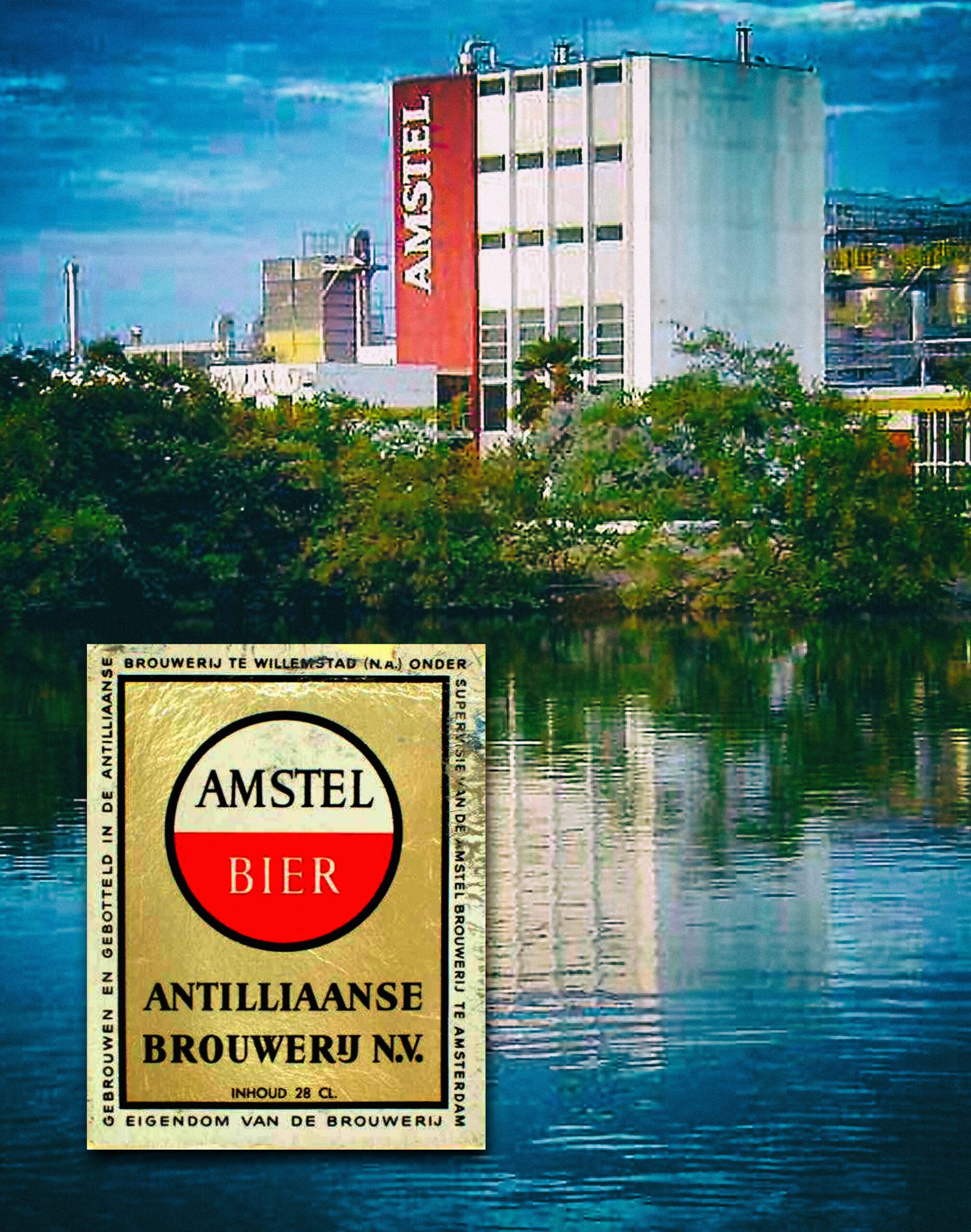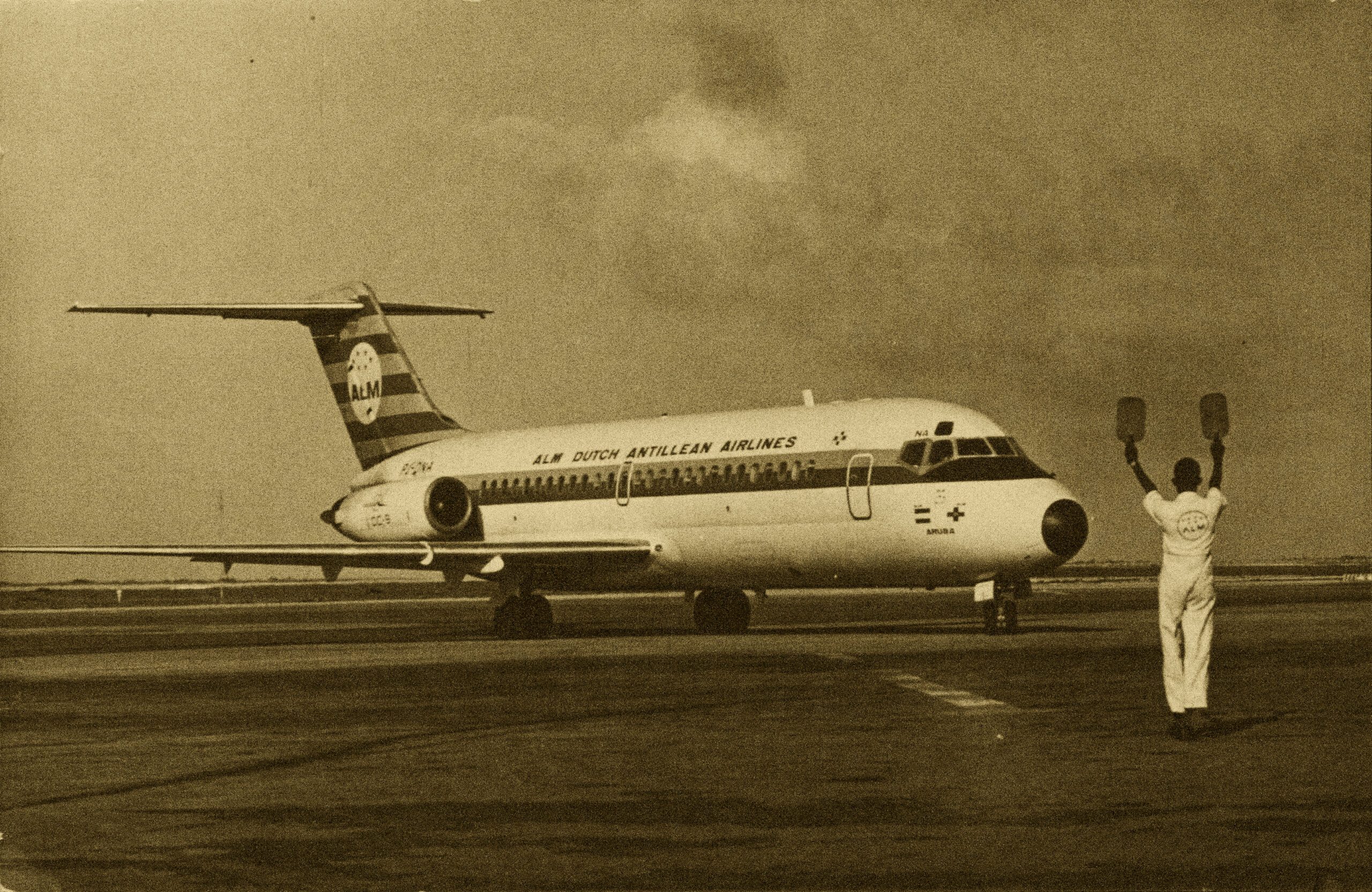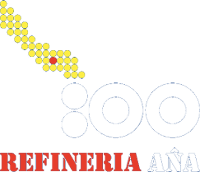
Isla den Nos Bida
100 years Refinery in Curaçao – 100 aña Refineria na Kòrsou
Exhibition
1915 – 1969
One of the most prominent economic pillars to rise along with the creation of the refinery was the banking sector. The Dutch colonial government had tried to reorganize the manner in which coinage and cash money was handled on the island since the early 1900s. At the same time, SEL Maduro & Sons had requested to open a circulation bank in 1901, and again in 1906. No decision was made until 1916, when the Curaçaosche Petroleum Maatschappij (CPM) was founded to facilitate the refinery and the Maduro’s again petitioned to establish a bank, including the right to issue emissions. On January 1st 1917, the Maduro’s Bank became the first commercial bank in the colony.
In the expanding Curaçaoan economy, other economic activities such as tourism and trade thrived. The harbor remained a pivotal point, leaving SEL Maduro & Sons and other trade- and shipping agencies to see trade rise to new levels. In fact, the Bataafsche and CPM often butted heads with the Maduro’s, who Royal Dutch Shell director Deterding deemed “awful”. According to Deterding: “we were forced to come to the conclusion that Mr. Maduro was a greater authority, and had more power in Curaçao, than the governor there, and that therefore practically the Government wished us to do what Mr. Maduro desired.” A force like the Maduro’s was not what Royal Dutch Shell had expected on Curaçao. As historian Van Soest put it: “The linear reasoning of the directors in Amsterdam and The Hague functioned on a different wave length than the Jewish-Latin trade mentality of the Maduro’s.”
But while the Maduro’s thrived, more traditional economic sectors over time died a silent death. Both agriculture and the plaiting of so-called panama hats, important economic mainstays before 1916, decreased in importance as relatively well paying refinery jobs lured Curaçaoans from the countryside to live closer to the refinery and Willemstad.
As the 20th century progressed, many new companies were founded or brought in from abroad. In the late 1920s and early 1930s, local favorites such as Panderia Isa and the Ritz Ice Cream factory at Scharloo first opened their doors. Coca Cola was brought to Curacao in 1938 by Bob & Vic Pinedo. Later on they also owned a Super Ice cream factory and opened the Industries Chocolates Antillana S.A. (ICASA) at the Emancipatie Boulevard in 1956. The opening was front page news for Amigoe: “Several hundred people (..) came to see how chocolate bars and other chocolates are made.”
The late 1950s and 1960s saw another wave of new companies being established. Some were completely foreign owned, including Antilliaanse Brouwerij, also known as the Amstel Brouwerij, and Texas Instruments. Others consisted of joint ventures between Dutch owned companies and Curaçaoan businessmen, such as the Antilliaanse Verffabriek, now AVF Paints. A major breakthrough was the creation of the Antilliaanse Luchtvaartmaatschappij (ALM) airline in 1964, opening up new trade routes and means of travel in the region.
Meanwhile, subsidiaries of the refinery were also established. The Curaçaose Dok Maatschappij N.V. was founded in 1958 to combine the activities of Pletterij Nederhorst and CPIM., including the Beatrixdok constructed in 1942. As time progressed, other subsidiaries moved in around the refinery, including Wescar, or Werkspoor Caribbean N.V., which was to play a leading role in the drama that would unfold on May 30th, 1969.

